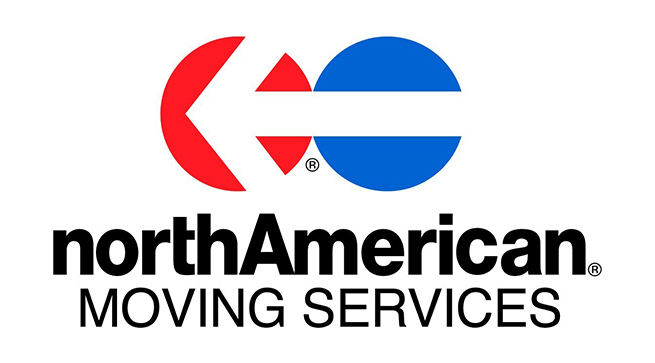Earthquakes in Japan, floods in Australia and throughout South America and now a series of devastating tornadoes in America’s mid-west – if supply chain risk wasn’t topping agendas at the start of the year, it certainly is now. Coal supplies from Queensland took a pounding as a result of the once-in-a-generation storms that engulfed the Australian state at the turn of the year, while the IT supply chain was placed under similarly extraordinary strain after events in Japan.
No less damaging, though perhaps not as headline grabbing, have been the series of deadly twisters that have reeked-havoc across the US counties of Alabama, Georgia, Mississippi, Tennessee and right here in Missouri.
Recent research by Dun and Bradstreet’s US Disaster Remediation Team has identified more than 325,000 companies in those five areas, giving an indication of the scope of the problems facing those supply chains exposed by tornadoes that have taken a heavy toll. The disaster has once more served to place supply chain resilience at the heart of the procurement strategy. The question is whether companies are adapting and learning from the lessons posed by the events that have come to shape the business world so far in 2011.
“Disaster recovery is a well-known discipline in information technology,” blogged Jim Lawton, president and general manager, D&B Supply Management Solutions. “It’s a newer concept in supply chain management – you can’t just create a redundant supply chain. Still, I’m fairly sure that 2011 will go down as the year in which building contingency plans for supply disruption went mainstream.” Lawton goes on to identify two fundamental factors that companies must take into account if firms are to be agile enough to weather the worst of the supply chain storm. “There are two keys: speed and information. Sure there’s ground work to be laid: prioritizing suppliers based on critically; identifying alternate sources of supply and putting in place a “reaction team” that’s ready to go at a moment’s notice.
“But when disaster strikes – especially one that’s completely unexpected – time and knowledge are the critical factors in response.” The global events that have decimated supply chains over the past six months have come at a moment’s notice, with the countries and companies affected powerless as Mother Nature flexed her muscles.
Tags: Alabama, Alternate Sources, America, Australia, Business, D&B Supply Management, Deadly Twisters, Disaster Recovery, Earthquakes, Earthquakes in Japan, Environment, Floods in Australia, Fundamental Factors, Georgia, IL, Information, Japan, Jim Lawton, Management, Mid West, Mississippi, Missouri, MO, Mother Nature, Natural Disaster, Necessity, Queensland, South America, Supply Chain, Supply Chain Management, Supply Chains, Supply Disruption, Supply Management Solutions, Tennessee, Tornadoes in America, United States, US
